The last time I bought a new gas range was over a decade ago. I was lured (and somewhat intimidated) by the upper echelon of professional-style ranges with their 12,000 BTUs of cooking power. Fast forward to today, and those would be considered training wheels for the new generation of high-powered stoves with burners that boast upward of 25,000 BTUs of heat output. What do these higher BTUs really mean? Do home cooks benefit from more cooking power in the kitchen, or are we suffering from BTU creep? Read our BTU primer to find out.
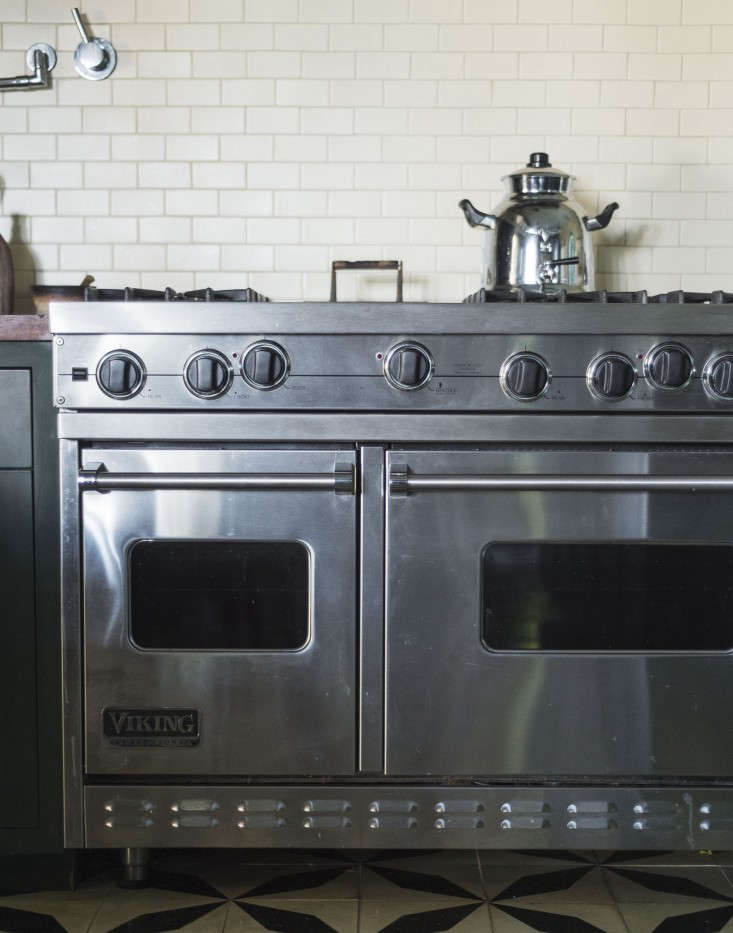
What is a BTU?
A BTU (British thermal unit) is a measure of heat output and applies to the power generated by gas stovetops and ovens. Technically speaking, one BTU is the amount of heat required to raise the temperature of one pound of water by one degree Fahrenheit. The capacity of gas burners is measured in BTU per hour. Pro-style ranges for the home typically offer high-output burners varying from 15,000 to 25,000 BTUs.

When it comes to stoves, are more BTUs better?
The higher the BTU capacity of a gas burner, the hotter the burner can get; the hotter the burner, typically the faster the cooking times. But while BTU measures heat production, it doesn’t necessarily translate into better cooking performance. Other factors come into play, such as efficiency of heat transfer. If your pan is not sized correctly for the burner, the high BTUs can heat the room more than the contents of the pan (an argument many make for the induction cooktop, but that’s a topic for another post). Some manufacturers tout burners that are specially designed to direct all heat upward for more efficient heating.
Stoves with high BTUs come with some trade-offs, including higher price tags, greater consumption of gas, higher ventilation requirements, and difficulty consistently generating low heat.
While there tends to be a focus on the high end of the burner power, a range’s ability to generate low heat is equally, if not more, important. Low-heat cooking and simmering can be problematic. Some ranges “cycle” heat for low-temperature cooking. This means that they alternate between low heat and turning off, but the clicking can be annoying and the heat is not continual. Manufacturers are addressing this issue and many have recently introduced low-BTU heat burners that offer more consistency.

How many BTUs do I need?
A cooktop with high BTUs does not a professional chef make. Be realistic about your home cooking practices and needs. The super-high BTUs in professional kitchens are designed for high-speed and high-volume cooking, not typically the situation at home, even when entertaining. Yes, it might be nice to have one very powerful burner to get that water boiling quickly, but beyond that, flexibility is often more important. Look for ranges with a collection of burners with different levels of power and consider which you’re apt to use most.
Is there a sweet spot for burner strength for the home cook? The jury is out on that question. For most users, one power burner (12,000 BTUs or higher) is more than adequate—especially when paired with two medium-strength burners and one low burner for simmering. If you do a lot of cooking that requires quick high heat, such as stir-frying or searing, you may want to push the power up. The good news is that stove companies have heard the cry for better performance at lower heat, so getting an appliance that can do it all is easier than it used to be.

I have a tattered copy of a 2001 New York Times article about professional-style ranges tucked in my kitchen remodeling folder. In it, New York chef Marcus Samuelsson offers his take on powerful ranges for the home user (in this case, himself). Despite the passage of time and the increase in BTUs offered on ranges, his comments still seem on target: “Flexibility,” he says, “is most important in a range.” A variety of burners, one with high BTUs for fast stir-frying, and one with super-low BTUs (200 or 300) for simmering, offers the most flexibility for cooking. And Samuelsson points out, ”You can create a high-heat effect, like leaving the heat on with a cast-iron pan, but you can’t fabricate a low heat.”

What about ventilation?
When shopping for a new range or cooktop, don’t ignore ventilation or you might be in for an unanticipated purchase. The bottom line: Higher BTU heat output requires higher power ventilation. How do you know if your current fan is up to the task? As reported in the New York Times primer, Your Stove Just Needs to Vent, “the rule of thumb for gas stoves is that the range hood needs to remove 100 cubic feet per minute for every 10,000 BTUs of burner output.” This means a gas stove with 50,000 BTUs of total burner output requires a range hood that can accommodate 500 cubic feet per minute. And, adds the Times, “Err toward a stronger vent if you frequently do Asian-style or stir-fry cooking.”

When buying a gas stove, besides BTUs, what other factors should I consider?
Beyond burner power, there are a range of details and options that come down to personal preference. These include burner configuration, specialty burners (such as a grill or griddle pan), oven size and fuel source, self-cleaning features, auto reignition, range finish, positioning of controls, warranties, and size.
For more guidance and product options, see our features:
- 10 Easy Pieces: Compact Cooking Appliances
- Appliances: Marcus Samuellson for Bluestar
- 7 High-Style Italian Kitchen Ranges
- 10 Easy Pieces: 36-Inch Gas Cooktops
- 10 Easy Pieces: Freestanding 36-Inch Ranges

N.B. This post is an update; the original story ran on March 26, 2015.
Looking to upgrade in the kitchen or elsewhere? See our Remodeling 101 posts:
- Remodeling 101: 15 Luxuries Worth Considering in Your Remodel
- Remodeling 101: Five Questions to Ask When Choosing Kitchen Countertops
- Remodeling 101: 8 Sources for Used Appliances
Finally, get more ideas on how to evaluate and choose your kitchen range or oven in our Remodeling 101 Guide: Kitchen Ranges & Ovens.
Frequently asked questions
What is a BTU?
BTU stands for British Thermal Unit. It is the amount of heat required to raise the temperature of one pound of water by one degree Fahrenheit at sea level.
Why is BTU important for cooking?
BTUs are important for cooking because they determine how much heat a range or stove can produce, and therefore influence how quickly or slowly food cooks.
How many BTUs do I need for cooking?
The number of BTUs you need for cooking depends on the type of cooking you do. For example, if you do a lot of high-heat cooking like searing or stir-frying, you will need more BTUs. For gentle cooking like simmering or slow cooking, you need fewer BTUs. Generally, a range or stove with 40,000-50,000 BTUs is sufficient for most home cooks.
What is the difference between BTUs and horsepower?
BTUs measure heat output, while horsepower measures mechanical power. They are not interchangeable units of measurement.
What are some other factors to consider when choosing a stove or range?
Other factors to consider when choosing a stove or range include size, style, fuel type, and features like convection cooking or self-cleaning.
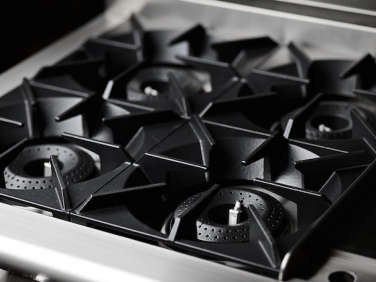
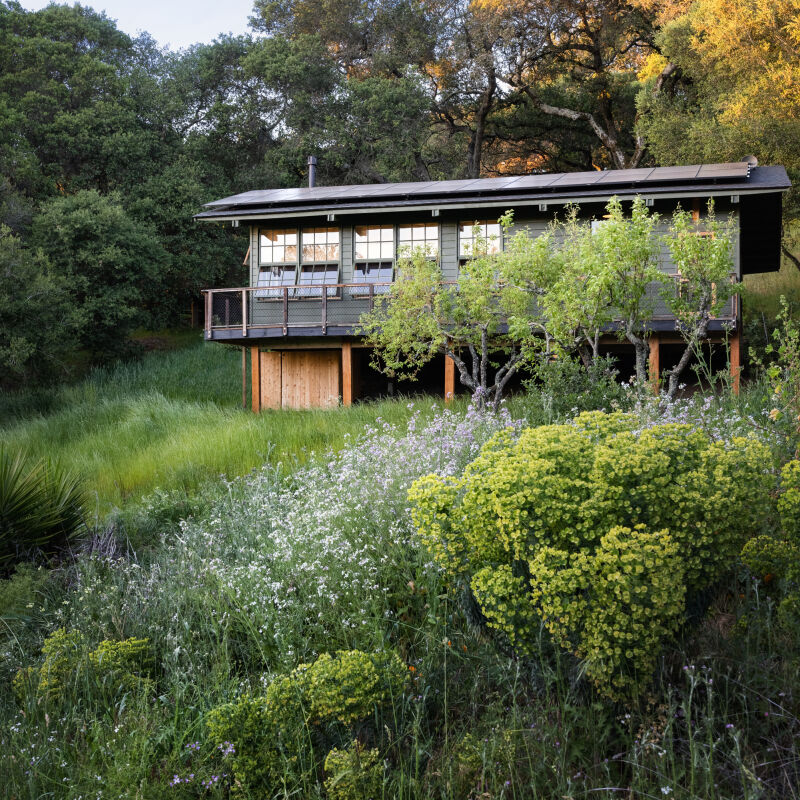
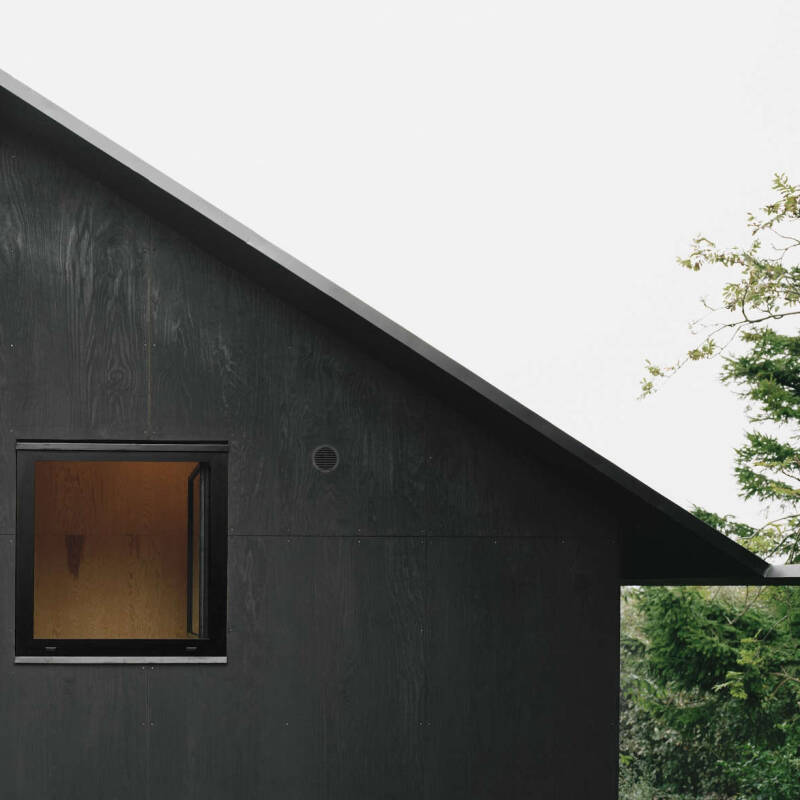
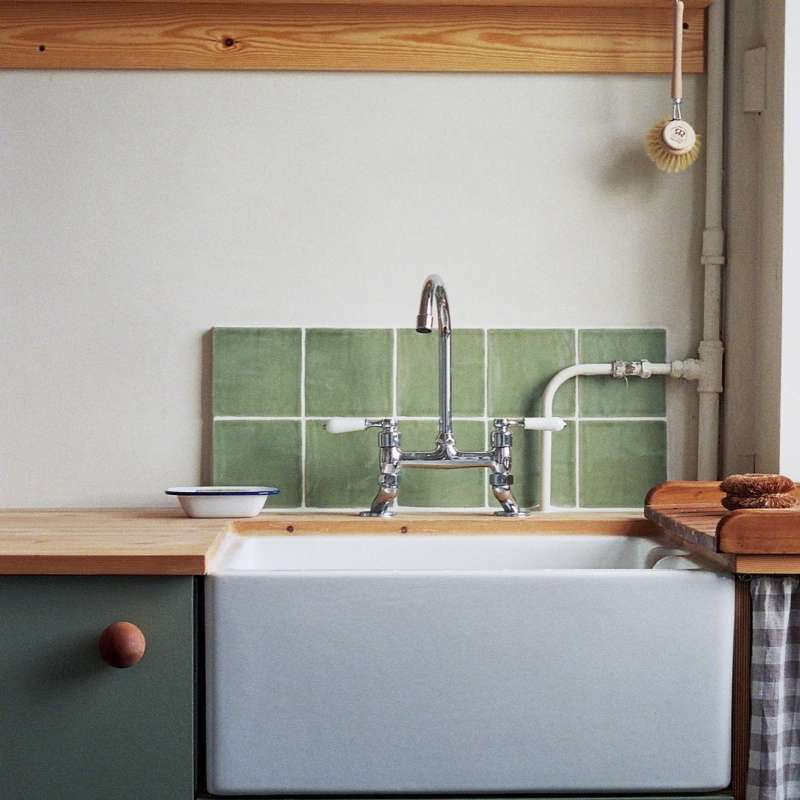



Have a Question or Comment About This Post?
Join the conversation